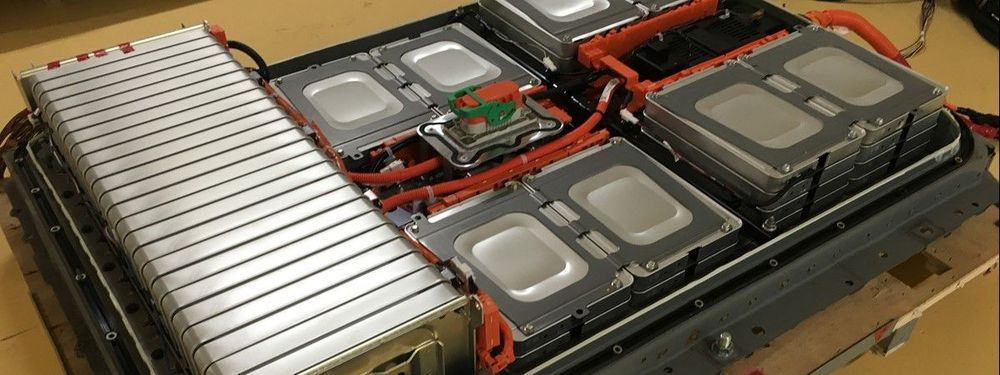As sales of electric vehicles start to soar, the thorny issue of what to do with end-of-life lithium-ion batteries isn’t going away. We look at the problem and explore the solutions.
To say that the legacy of today’s electric vehicles is set to be a mountain of lithium-ion battery waste would be kind. In 2017, when worldwide sales of electric vehicles exceeded one million cars per year for the first time, calculations from UK-based University of Birmingham researchers revealed stark figures. These vehicles alone are destined to leave some 250,000 tonnes of unprocessed battery waste when they eventually reach the scrap heap in 2027. This is just the beginning.
Latest modelling from the Paris-based International Energy Agency indicates the number of electric cars on the road will lie between 125 million and 220 million by 2030. Given this, come the middle of this century, the 250,000-tonne waste figure looks meagre against the tens of millions of tonnes of waste that could follow. And to make matters worse, recycling is playing catch-up.
